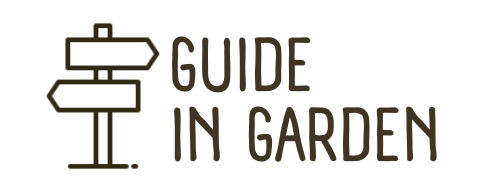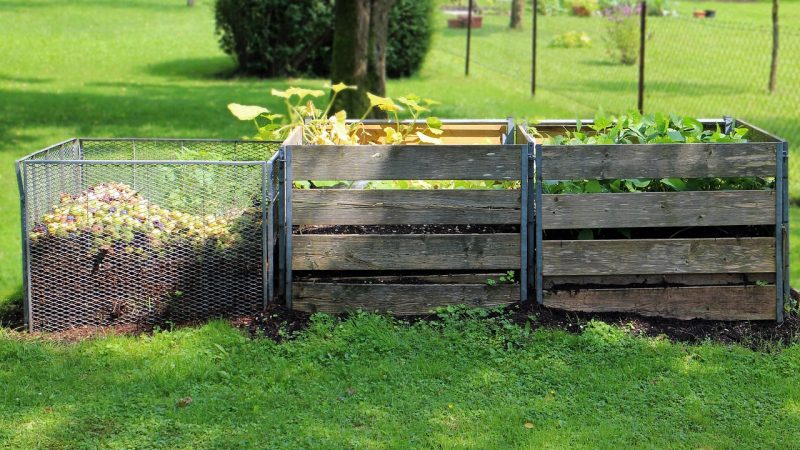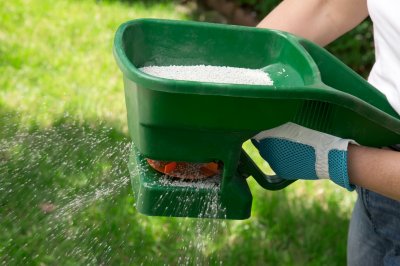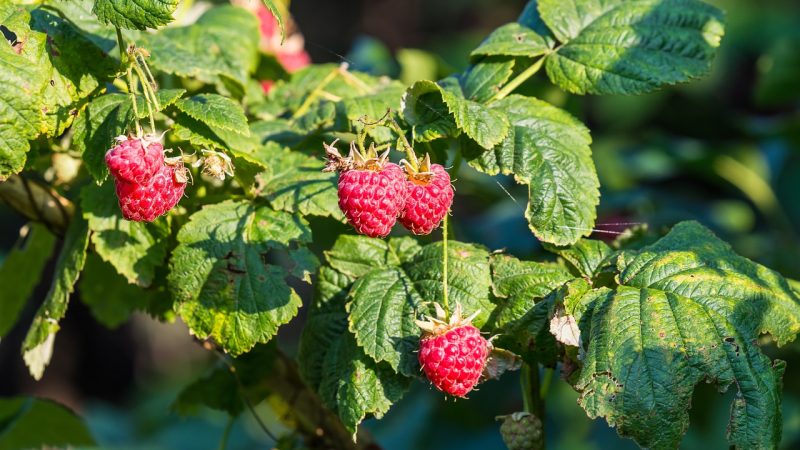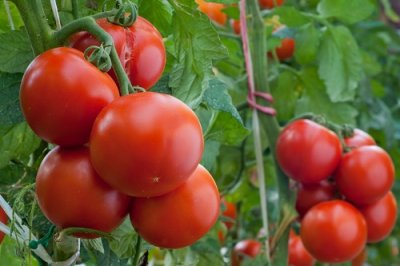Pruning tomato plants is an essential gardening practice that helps promote healthy growth, improve fruit production, and prevent disease. Proper pruning can also increase airflow and light penetration, reducing the risk of fungal issues. Here are some tips for pruning tomato plants:
1. Timing:
- Prune tomato plants when they are well-established and have developed a few sets of true leaves. This is typically done a few weeks after transplanting seedlings or when they reach about 12 to 18 inches in height.
2. Remove Suckers:
- Suckers are the small shoots that grow in the crotches between the main stem and the side branches (also known as leaf axils). They are also called “side shoots.”
- Pinch off or cut out the suckers using clean pruning shears to prevent damage to the main stem. Removing suckers redirects the plant’s energy to fruit production rather than vegetative growth.
3. Prune Indeterminate Varieties:
- Indeterminate tomato varieties are vining types that continue to grow and produce fruit until the first frost. Pruning is particularly beneficial for indeterminate varieties to manage their size and shape.
- Leave one or two main stems on the plant and remove all other suckers. This practice is known as “single-stem pruning.”
4. Determinate Varieties:
- Determinate tomato varieties are bushier and have a pre-determined size and fruit production period. They may require less pruning since their growth is naturally more controlled.
- However, removing a few lower leaves can still be beneficial to improve airflow and reduce disease risk.
5. Pruning Frequency:
- Regularly inspect your tomato plants for new suckers and remove them promptly to prevent them from growing too large and becoming harder to remove.
6. Prune Diseased or Damaged Leaves:
- Remove any diseased, yellowing, or damaged leaves as soon as you notice them. This prevents the spread of diseases and helps the plant allocate its energy to healthy growth.
7. Support the Plants:
- As tomato plants grow and produce fruit, they can become heavy and may require support. Use stakes, cages, or trellises to keep the plants upright and prevent branches from breaking under the weight of the fruit.
8. Bottom Leaves:
- Some gardeners choose to remove the lower leaves of tomato plants, especially those close to the ground. This practice can help prevent soil-borne diseases from splashing onto the foliage during watering or rain.
Remember that pruning is not mandatory for all tomato plants, and some gardeners prefer to let their plants grow more naturally. The level of pruning depends on the type of tomato, your gardening preferences, and the specific growing conditions. Always use clean and sharp pruning tools to avoid damaging the plants, and be mindful not to over-prune, as this can reduce fruit production. With proper pruning, you can encourage healthy, productive tomato plants that yield delicious homegrown tomatoes.
